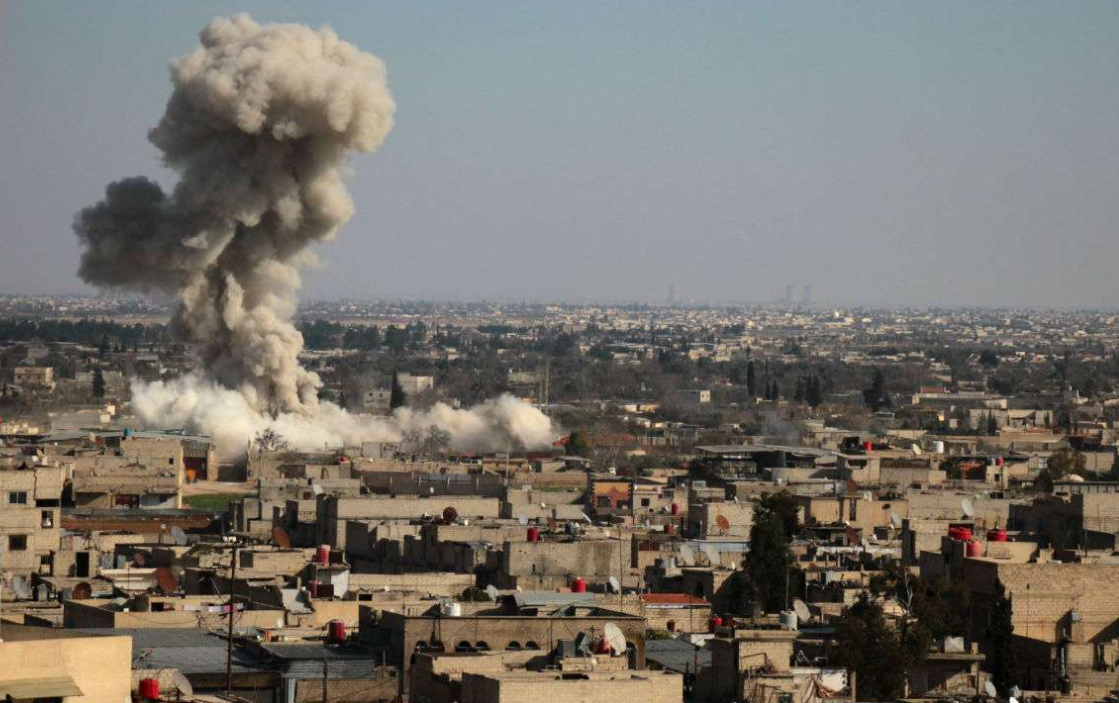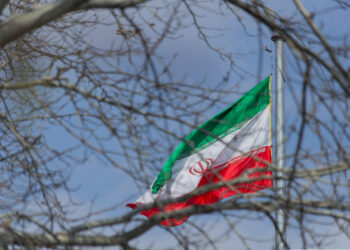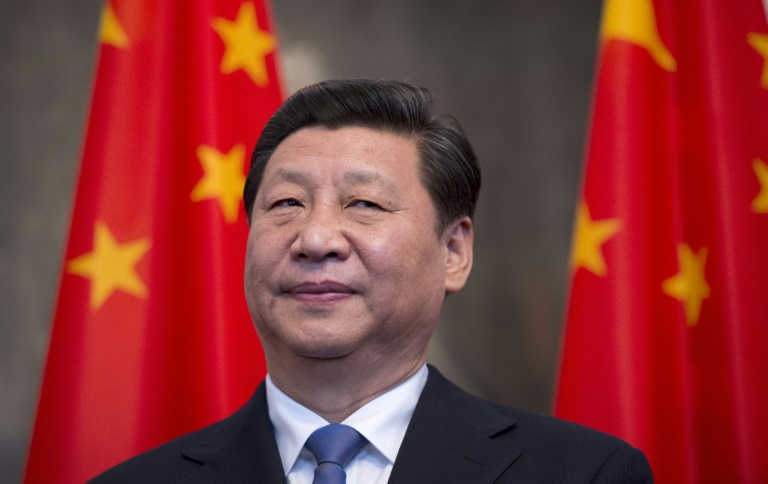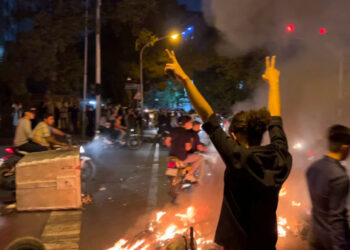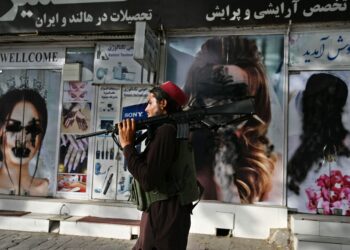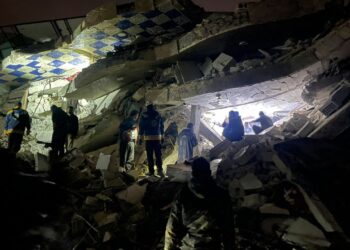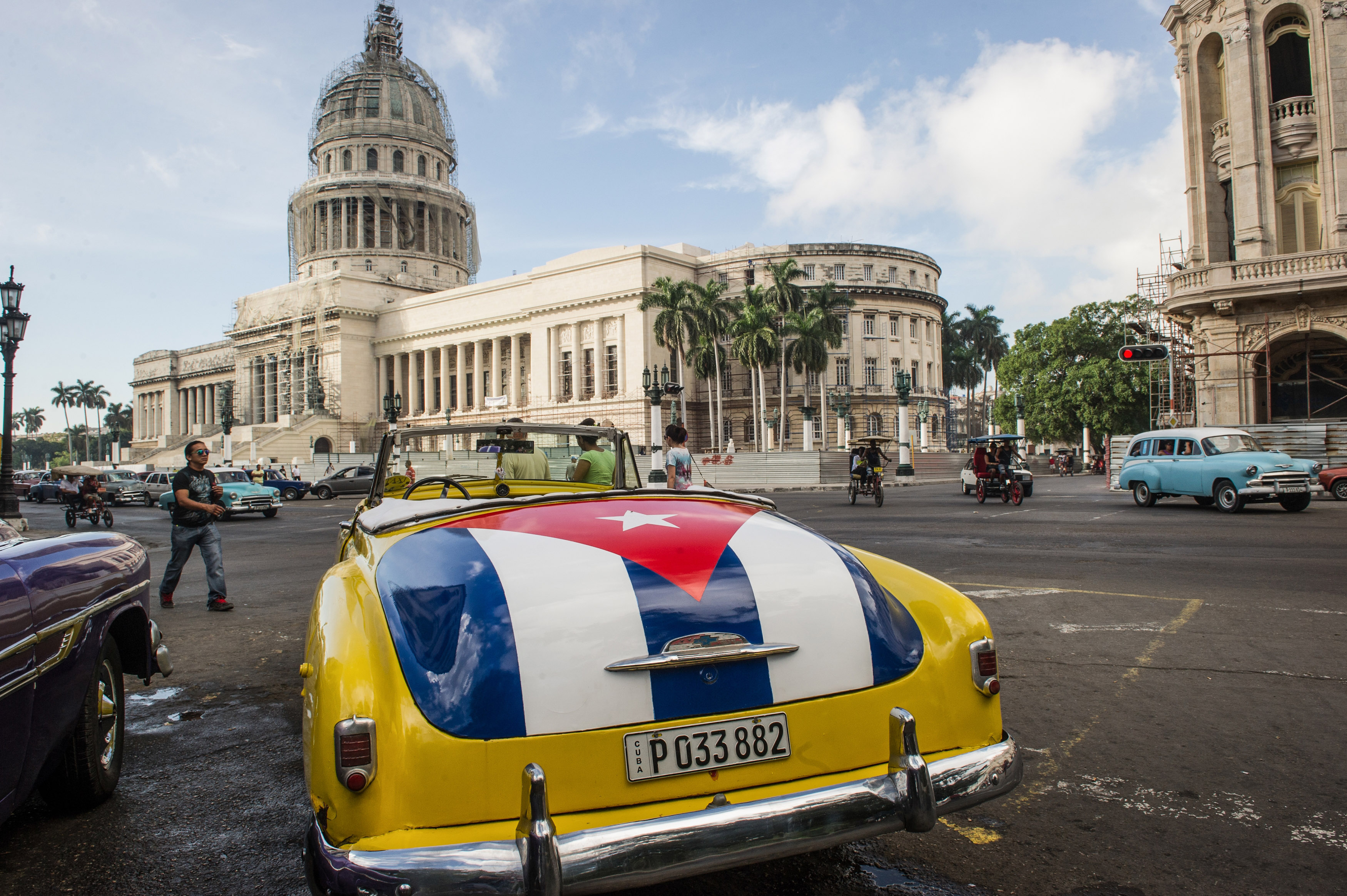The Iranian Revolutionary Guard Corps (IRGC) continues a five-year policy of recruiting Shiite Afghan men to fight in Syria. While Afghanistan needs to deal with returned fighters and the geopolitical implications of a nation with a potentially dual allegiance, the policy offers Iran a unique opportunity to exert considerable influence in the region.
Since 2012, Tehran has recruited Afghan refugees in Iran in units established within the IRGC’s Fatemiyoun brigades, including children as young as 14 years old. Recruiters primarily target undocumented and economically disadvantaged Afghan Shiite refugee communities in Iran, many of whom are Hazara. Since last year, the recruitment has moved across the Iranian border into Afghanistan.
It is estimated that about 15,000 Afghans have joined the Fatemiyoun to fight alongside Syrian President Bashar al-Assad’s forces. With promises of money, Iranian residency, and religious blessings, poor and marginalized Shiite are lured to fight in Syria.
Why Do Afghans Join?
Afghans join for primarily economic and religious reasons. Afghans are potentially facing the third decade of economic and political instability. The withdrawal of NATO troops in 2014 left many unemployed. Agricultural growth and economic recovery are slow, as instability dampens private investment.
In addition, the Afghan government remains dependent on donor grants. Despite improvements, Afghanistan’s poverty rate has increased significantly: more than half the population lives on less than a dollar a day. Afghan men may sign up to find a source of stable income and the residency in Shiite-friendly neighbor Iran. Each “tour” with the Iranian militias promises a monthly paycheck of approximately $600, representing a small fortune for many.
In addition to financial incentives, the IRGC speaks to Shiite religious motivation in recruitment. The recent uptick of sectarian violence from the Taliban insurgency and the Islamic State in Afghanistan threatens the livelihood of many Shiite. Potential fighters are regaled with the spiritual benefits of protecting religious Shiite shrines being obliterated by the Sunni Islamic State.
Returning to Afghanistan
Afghanistan may see an influx of returned Fatemiyoun fighters. With the recent stalling of the economy, the need to provide health, rehabilitation, or vocational training services for returned fighters could be an undue burden on the central government. Alternatively, returned fighters may find themselves in the same predicament they left in: no stable job could mean that they sign up for another tour with the Fatemiyoun.
By continuing to recruit, Iran’s influence in Afghanistan and the region is perpetuated. To put differently, Iran continues to have a supply of fighters to back Assad in Syria and a hand in Afghanistan’s Shiite population.
However, fighters may not return to Afghanistan after serving with the Fatemiyoun. Many join for the prospect of obtaining residency in Iran. With that, they can move themselves and their family to the Shiite friendly country. When telltale signs of recruitment in Afghanistan began last year, government officials were concerned not only about how to care for returned fighters but also how to deal with the geopolitical implications of a population with a potentially dual allegiance.
If this is the case, Iran has the benefit of possibly weaponizing a group of people in Afghanistan, effectively maintaining a provisional group on call to either tackle Islamic State in the country or destabilize its neighbor’s government. Alternatively, some sources indicate that Afghan Shiite may not bear much allegiance to Iran. One Hazara fighter said that Iranians see Hazara as “cannon fodder.” Further, Hazara, betrayed by Iran’s recent cooperation with the Taliban, understand that Tehran is using them to hunt a bigger game in Kabul.
So, it could be that Hazara may cooperate with the Iranian government for purely self-motivated, economic reasons. Kabul, in turn, could disincentivize Hazara from recruitment by incorporating them in efforts to revitalize Afghanistan’s economy. Shiite populations in Afghanistan, including Hazara, were historically marginalized. In 2004, Hazara received equal rights to other ethnic groups in the new Afghan constitution. Recently, this minority has gained greater access to education, slowly eroding historic barriers to social mobility. Kabul could build on this momentum to further engage with this minority to combat Iran’s influence.
Iran’s Influence in Afghanistan
Tehran has historically yielded the most influence in northern and western Afghanistan and seems to focus its recruitment to the western regions. Iran has stepped into Afghanistan’s power vacuum that emerged in the aftermath of the American drawback. The Iranian government has recruited and provided weapons, money, and training to Taliban fighters and, with them, launched several attacks into Afghanistan since 2017.
Since the 2001 invasion, the Iranian government launched a two-pronged policy to its neighbor: the Foreign Ministry focused on economic and cultural influence, and the IRGC on fostering covert activities, such as partnerships with the Taliban and infiltration of the Afghan police force and government. Iran wields considerable soft power in Afghanistan, through establishing mosques and pro-Iranian schools.
Looking Ahead
Raising Shiite militias is a long-time Iranian policy: similar militias were supported during the Afghan civil war, the Iran-Iraq War, and in Lebanon in Iran’s fight against Israel. Presently, similar Shiite militias are recruited from Pakistan (known as the Zeinabiyoun Brigades) and Lebanon (co-opted into Hezbollah). There are even suspicions of Hezbollah, bolstered by Iran, training Nigerian Shiite to expand Tehran’s influence in West Africa.
Tehran effectively has the opportunity to tap into these pipelines at a future time, should they want to. Some Afghan officials are concerned that the militias could possibly be weaponized to destabilize Afghanistan in the ongoing sectarian conflict. To dissuade recruitment, Kabul could engage Afghan Shiite, notably the Hazara, in greater access to employment programs, education, and other economic and political incentives.
In funneling fighters from its neighbors, Iran is finding ways to fully realize the “exportation of the Shiite revolution” and empowering of Shiite across the Middle East and other regions. Flanked by unstable governments in both Iraq and Afghanistan, Iran, for the first time in recent history, has a unique opportunity to exert considerable regional influence.
In the short term, Tehran could use this influence to prop up Assad’s government. By supplying fighters and other materials to Syria, it may cultivate a pawn in Damascus. In the long term, Iran may leverage a heightened position in the region to serve as a counterbalance to Sunni rival Saudi Arabia and U.S.-backed Israel.
Disclaimer: The views and opinions expressed here are those of the author and do not necessarily reflect the editorial position of The Globe Post.

